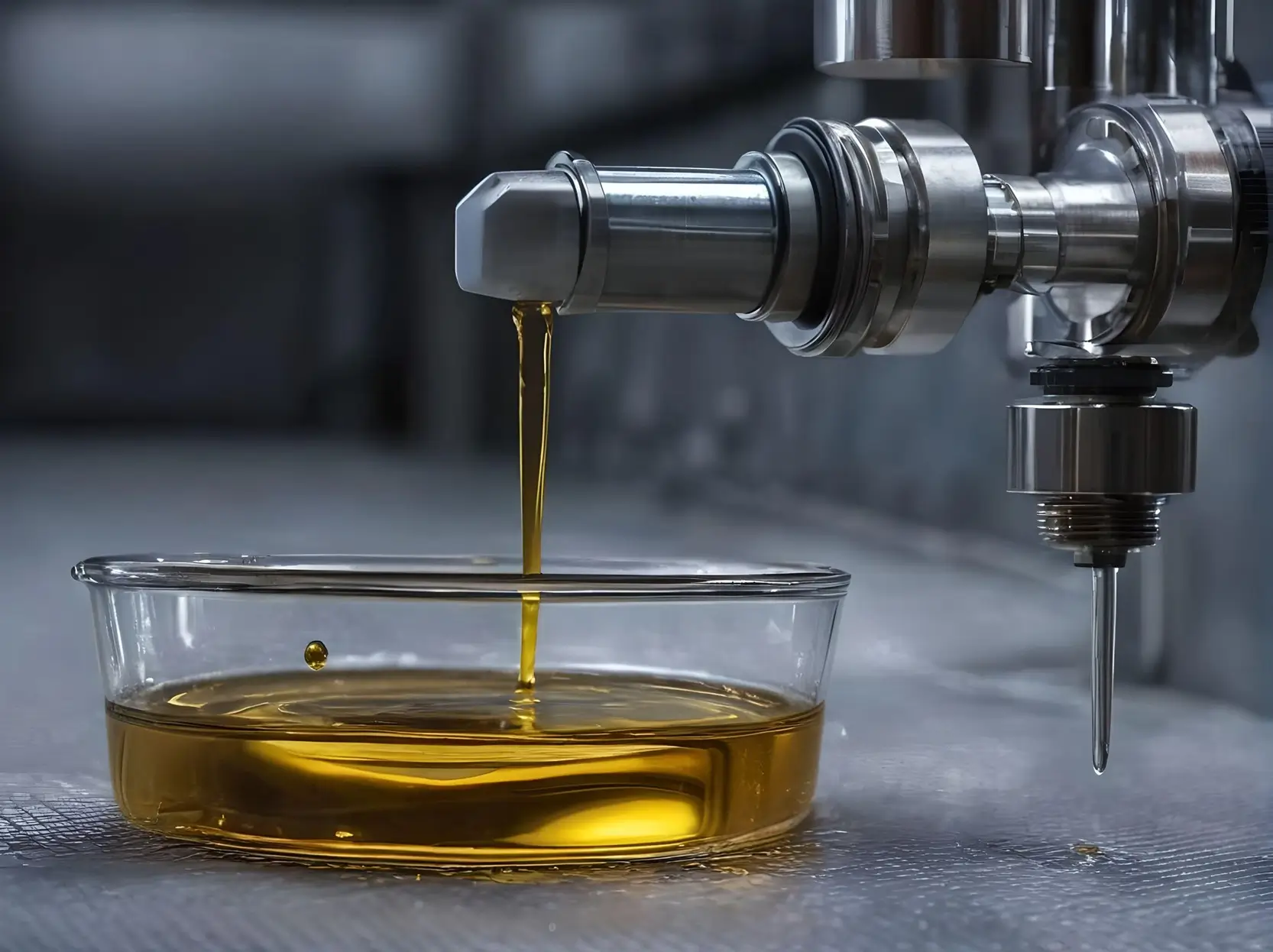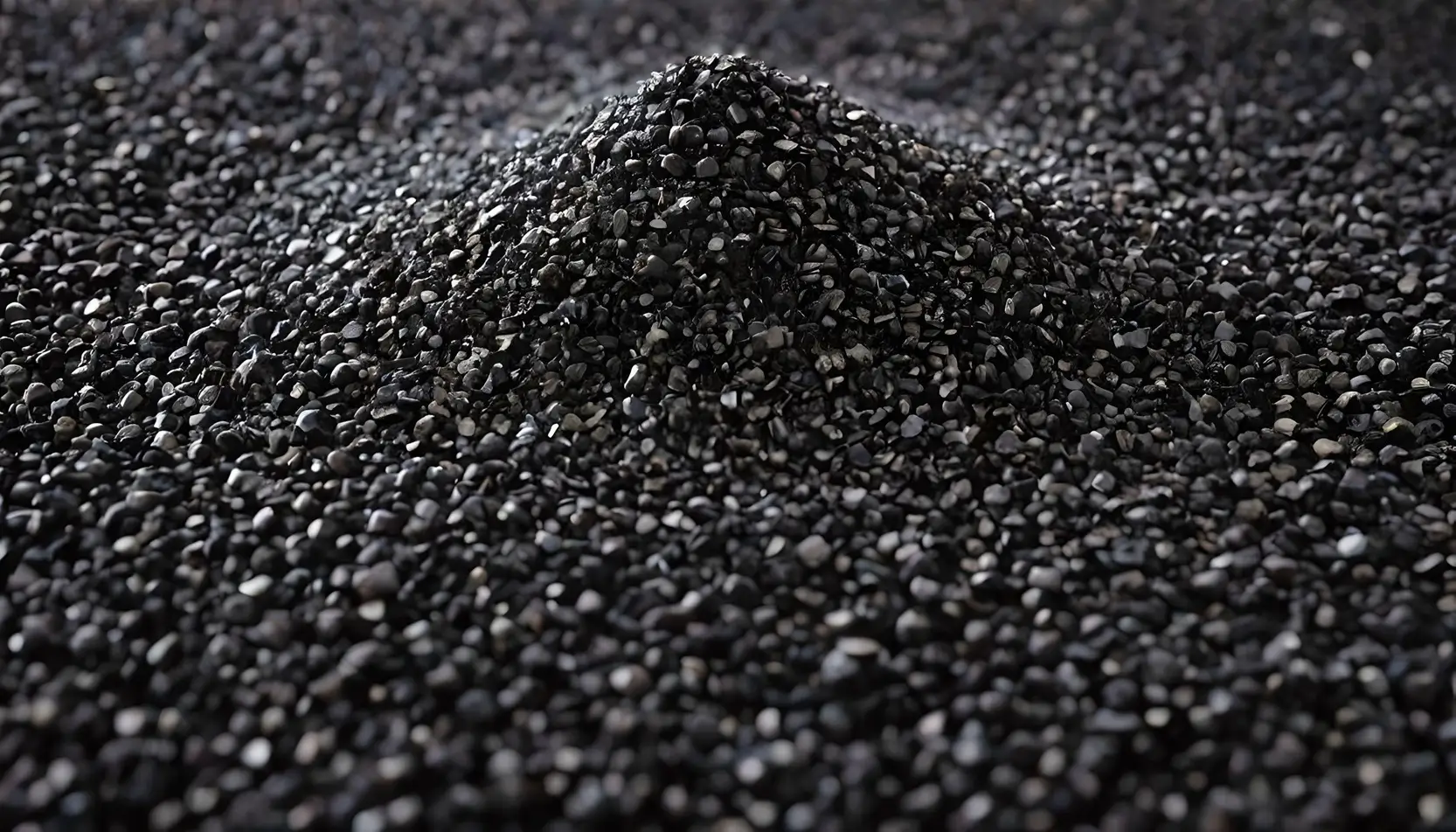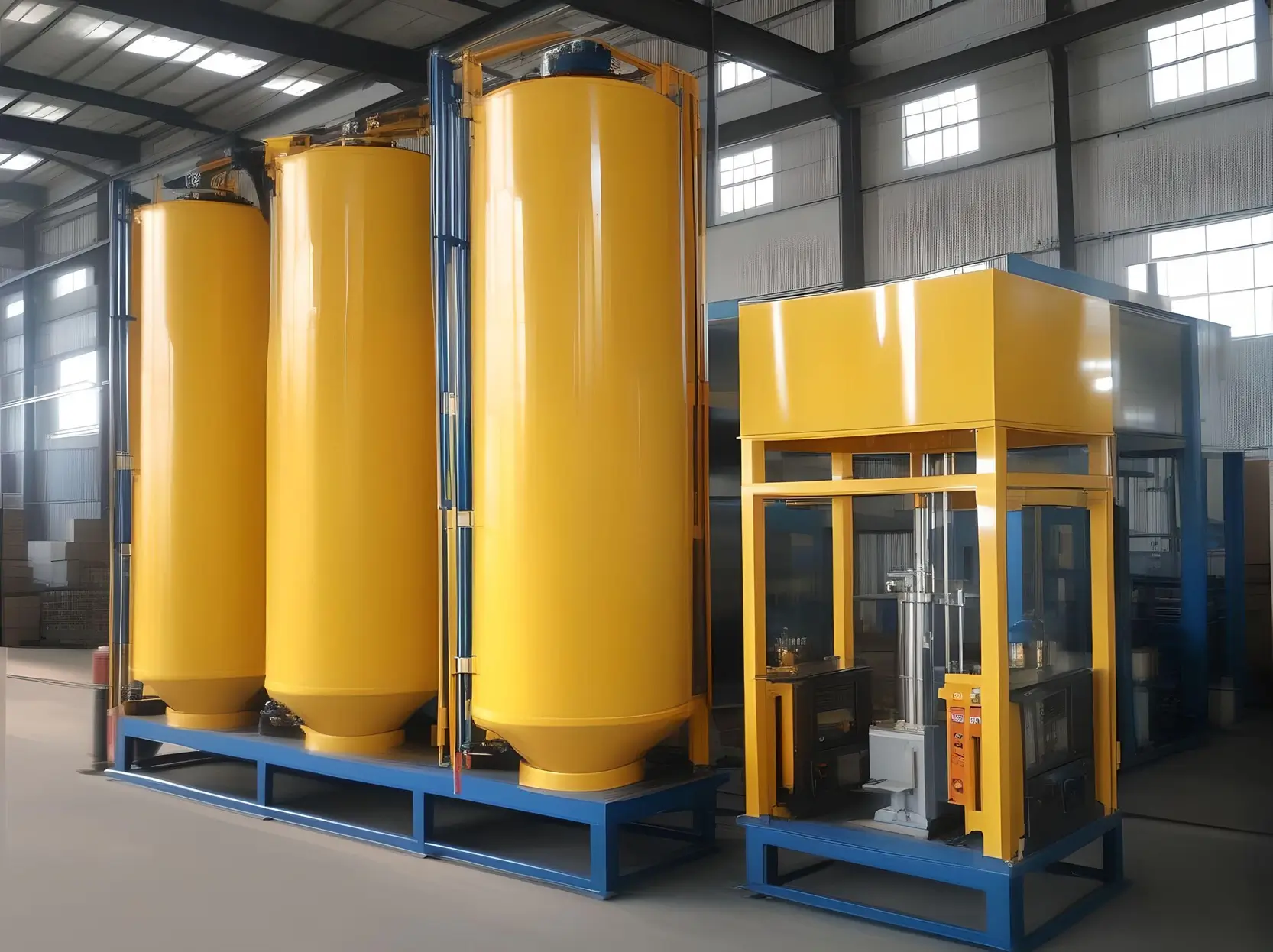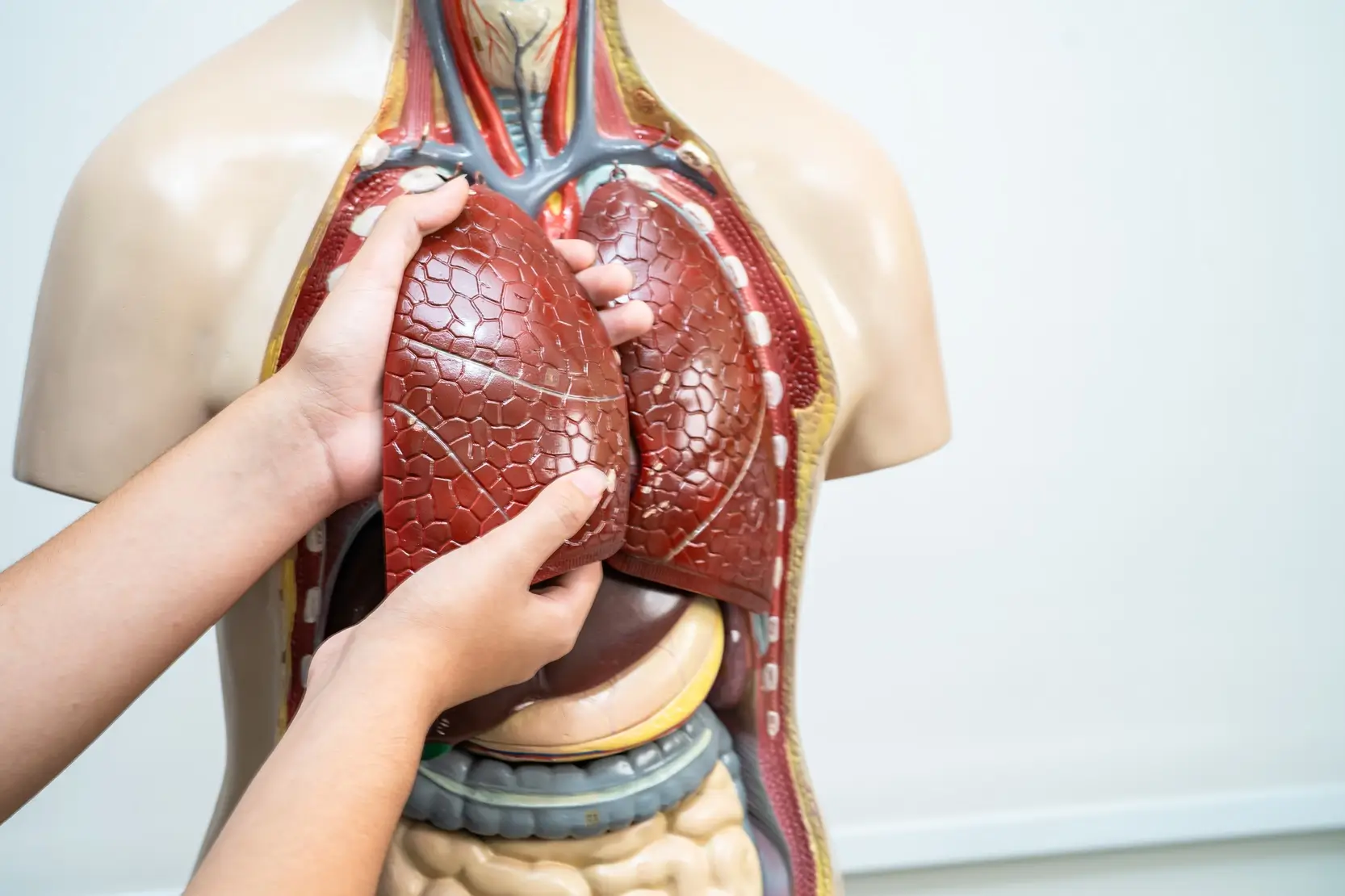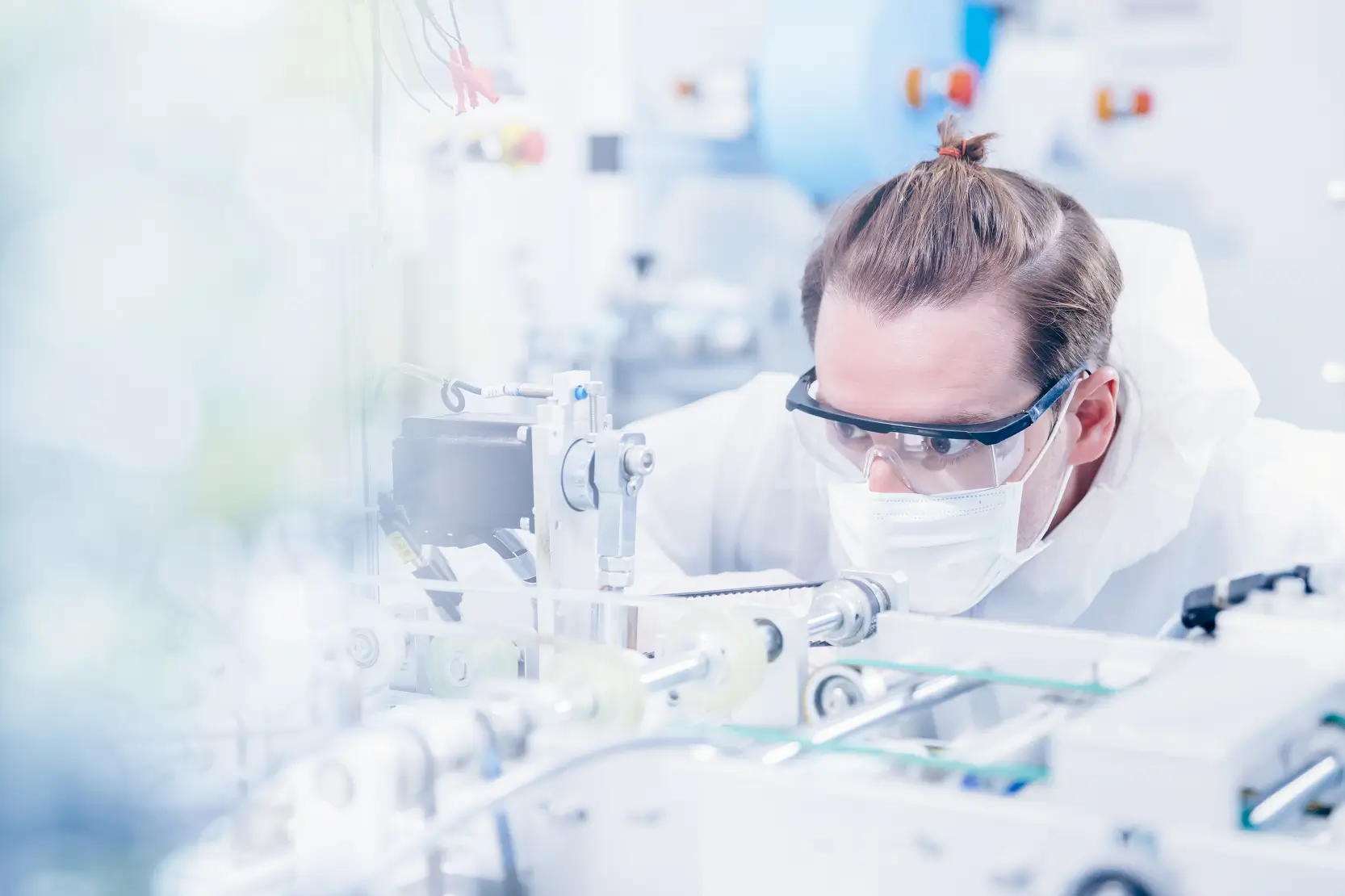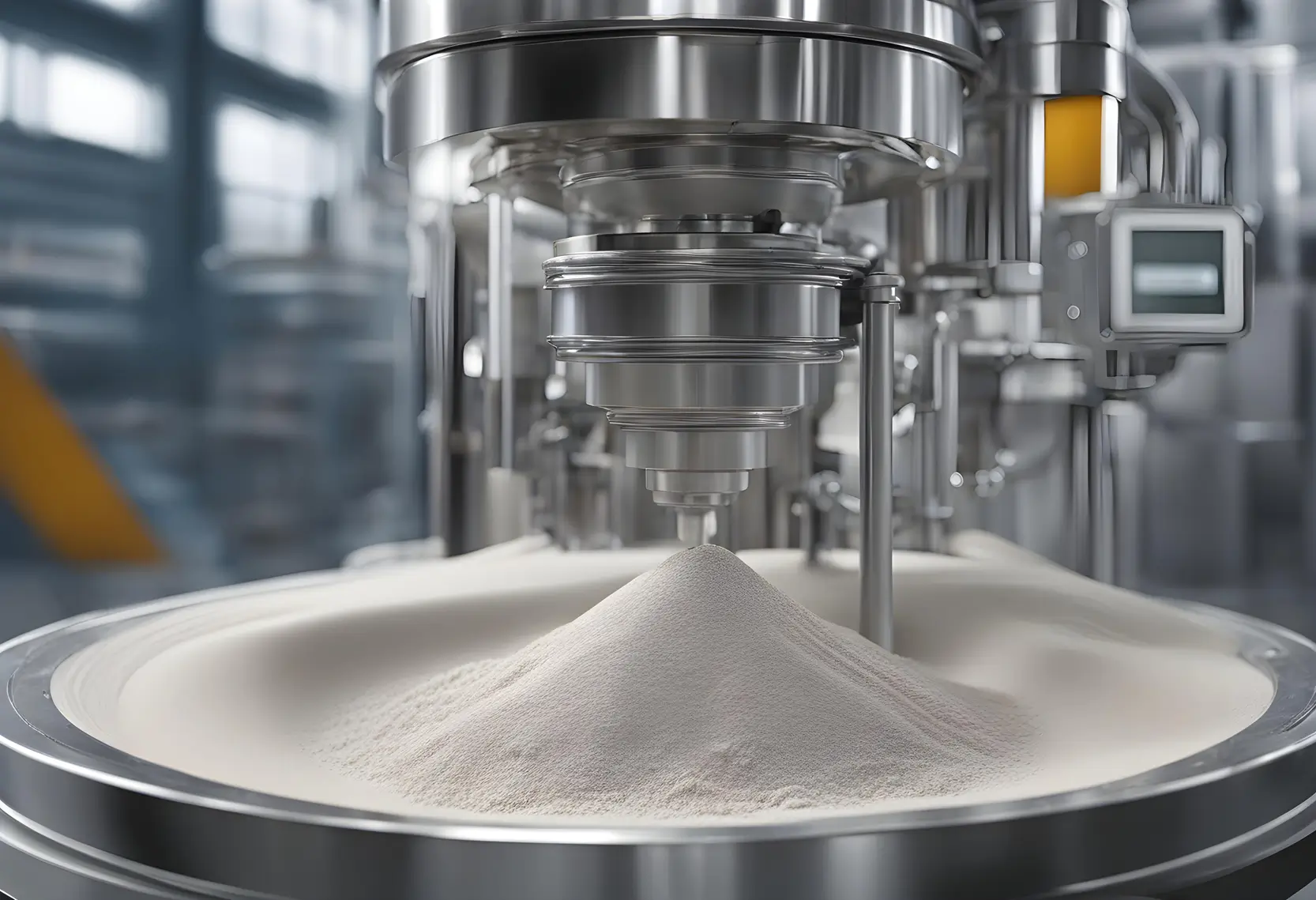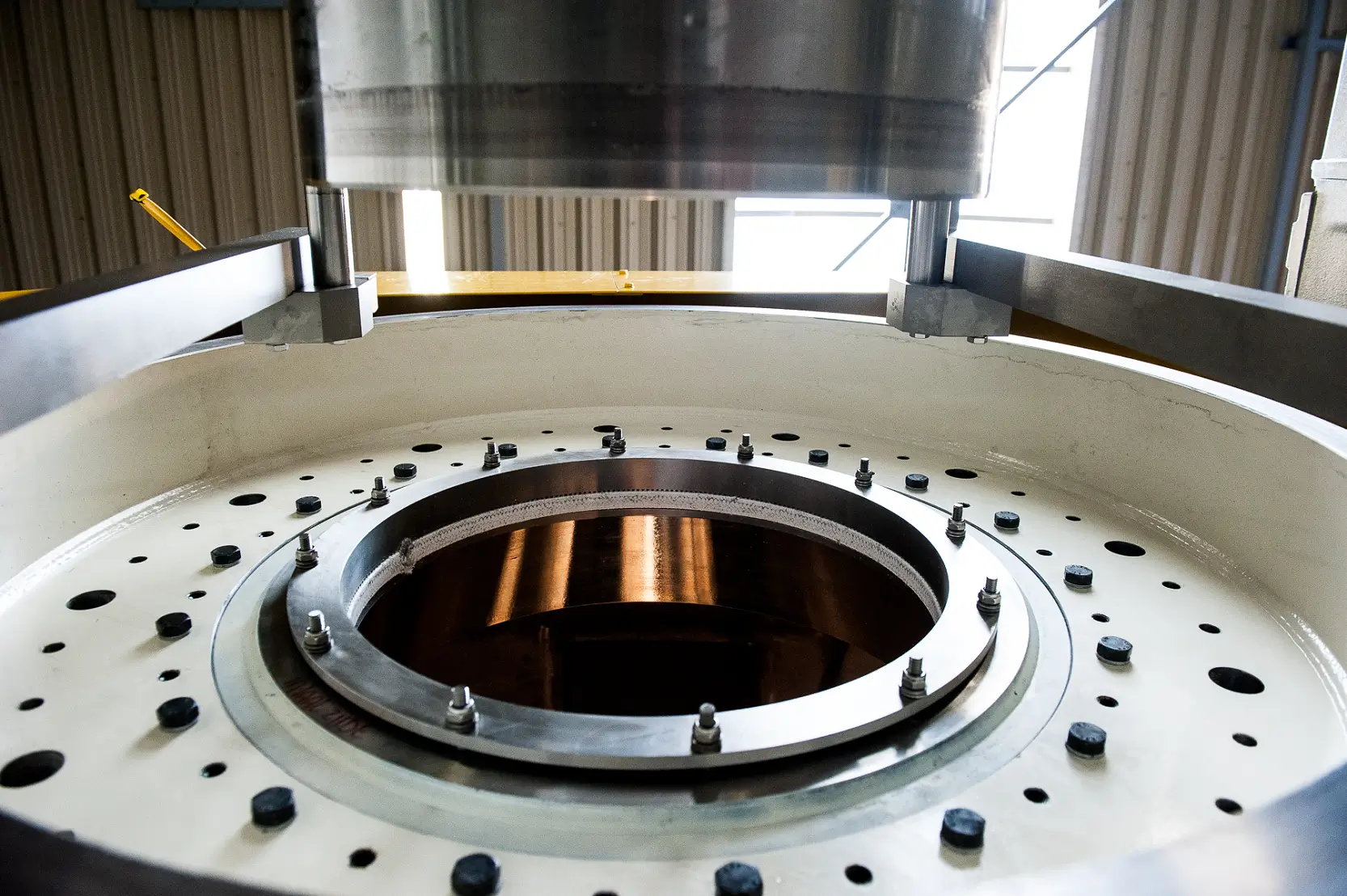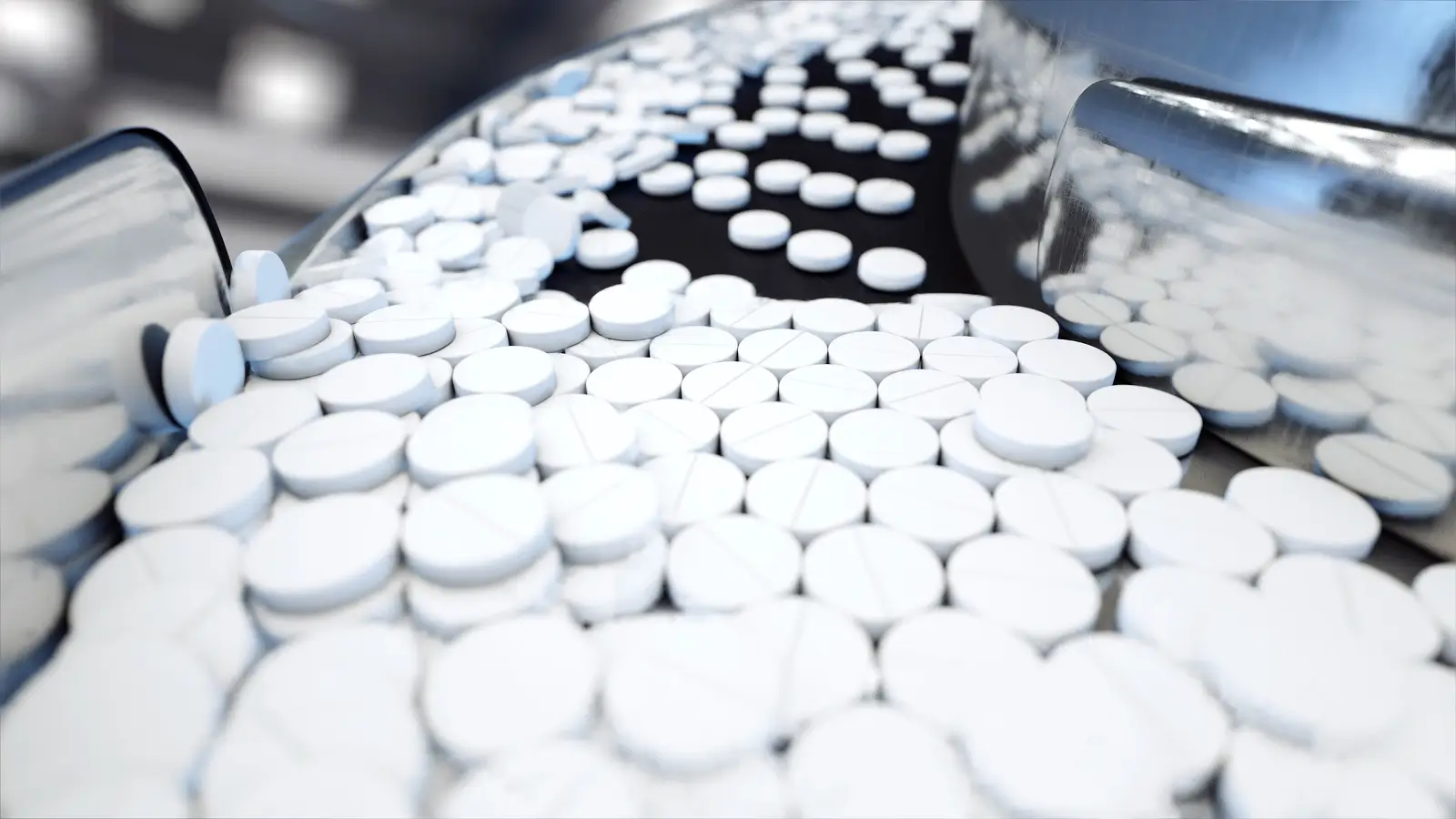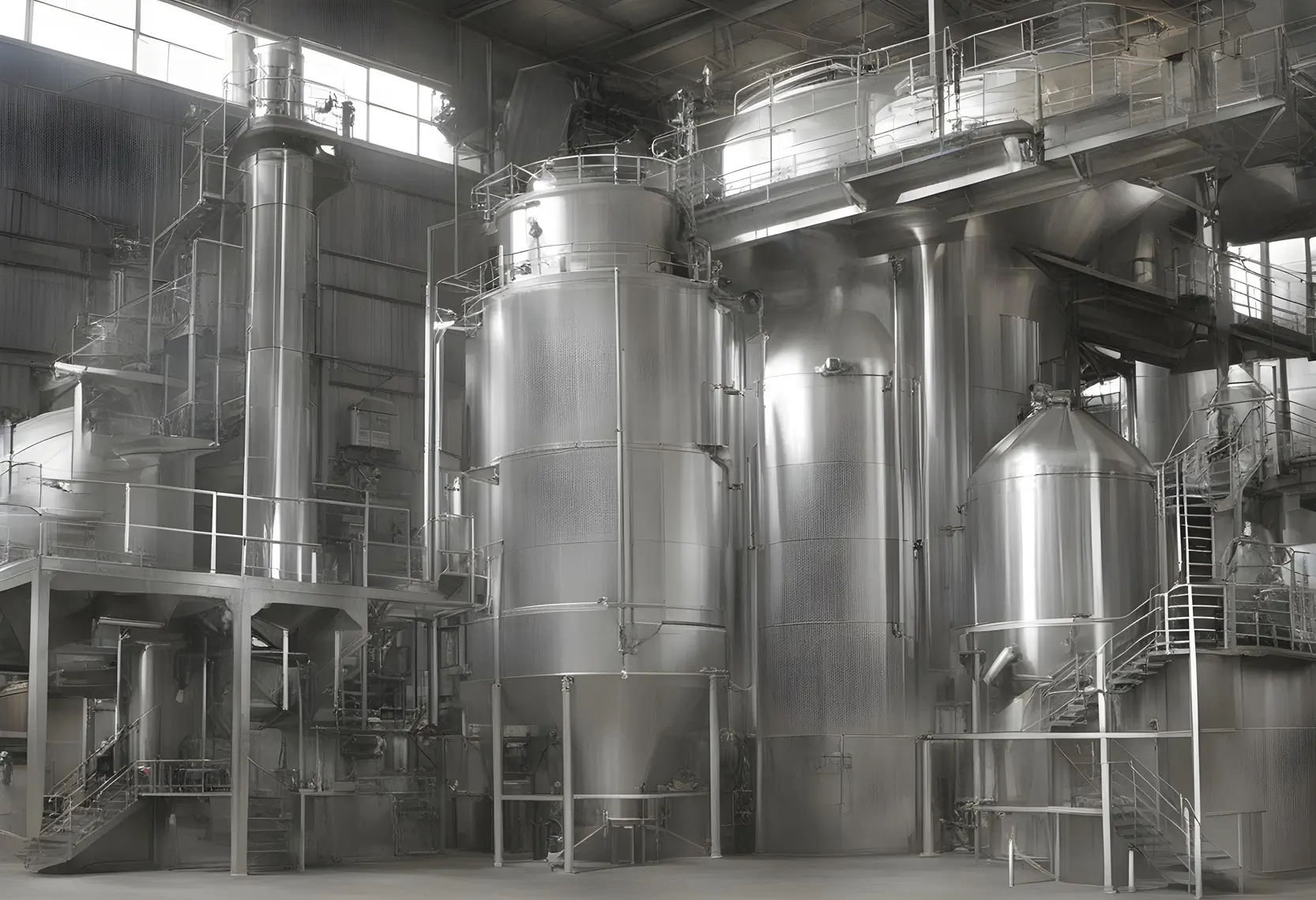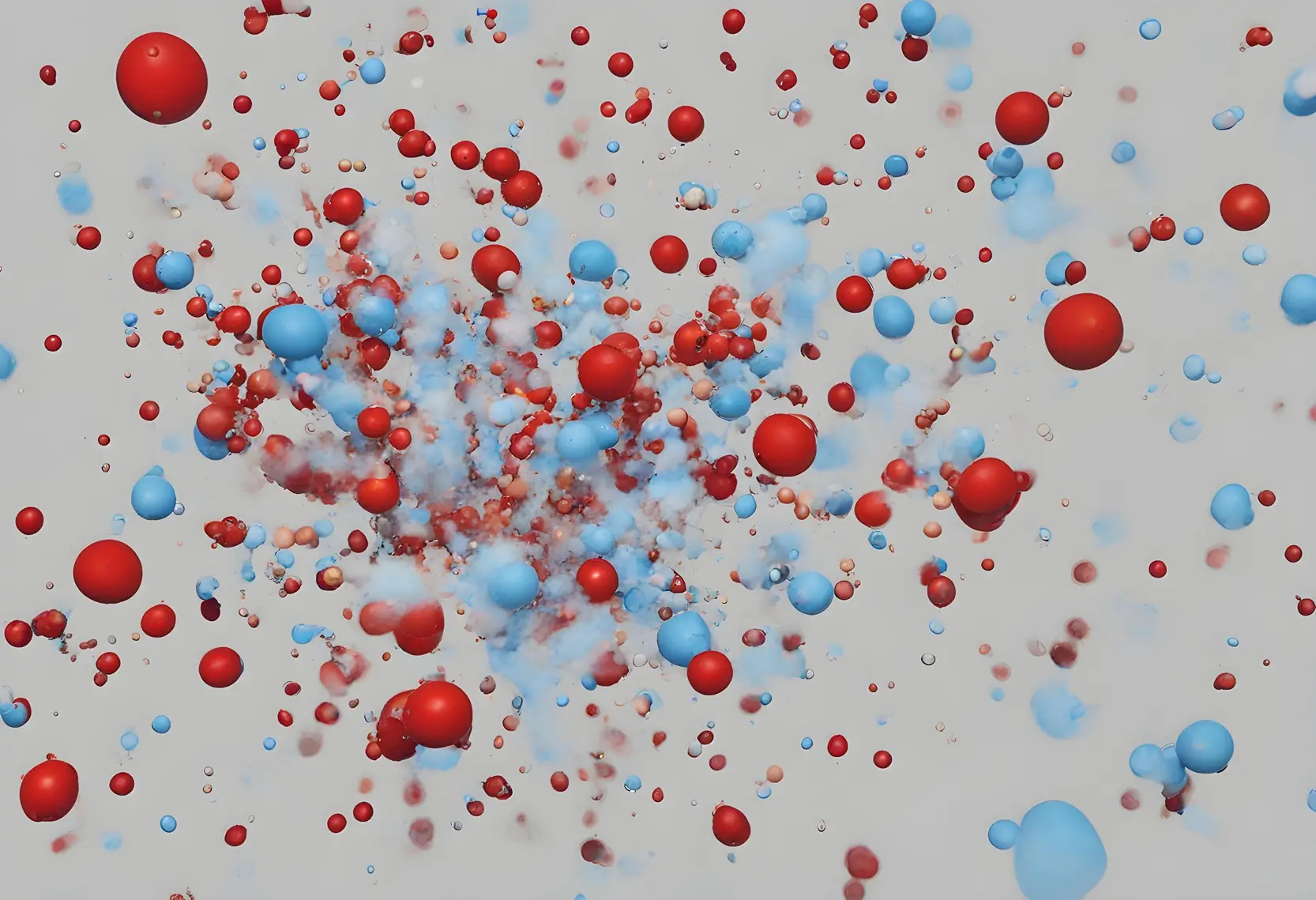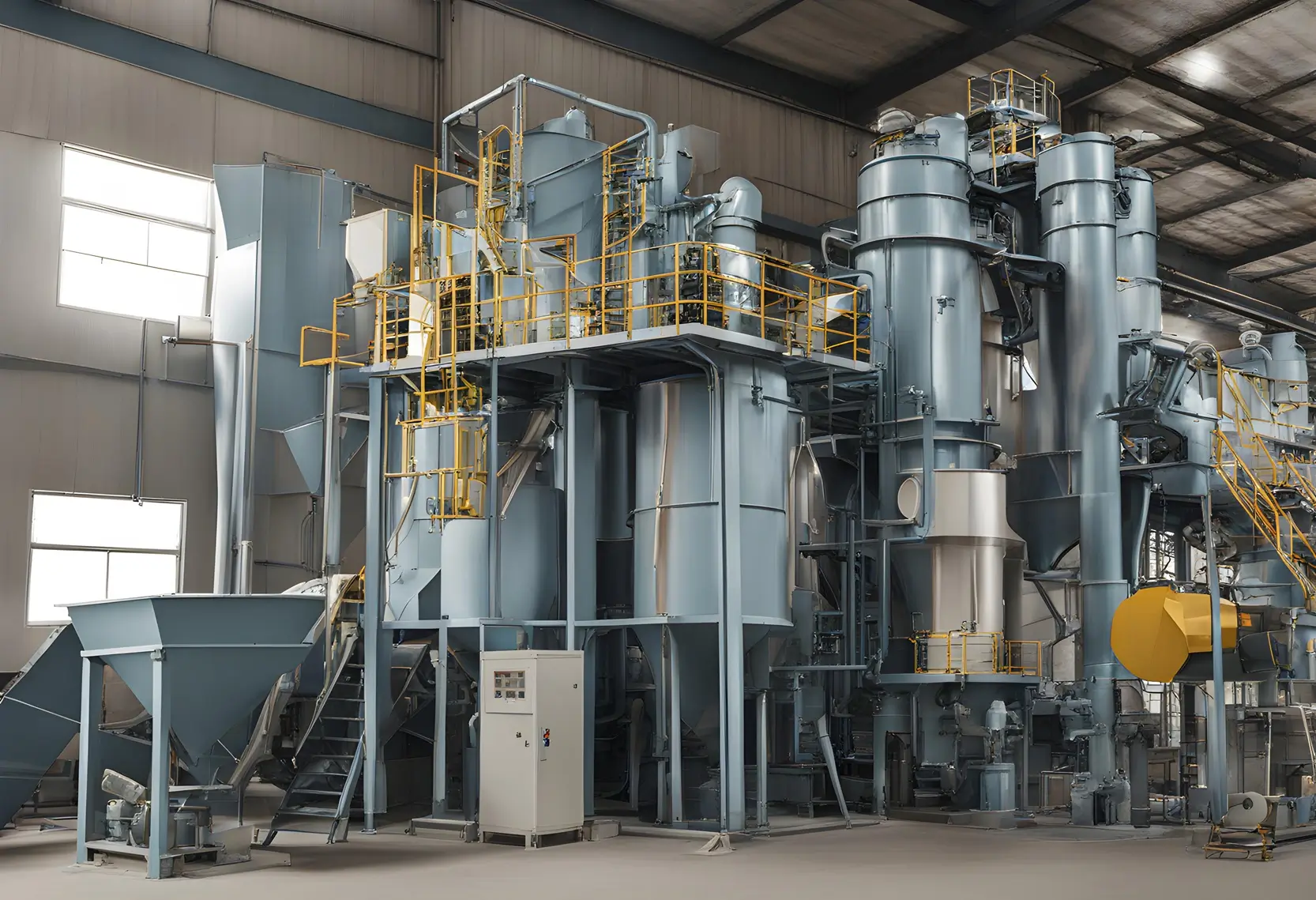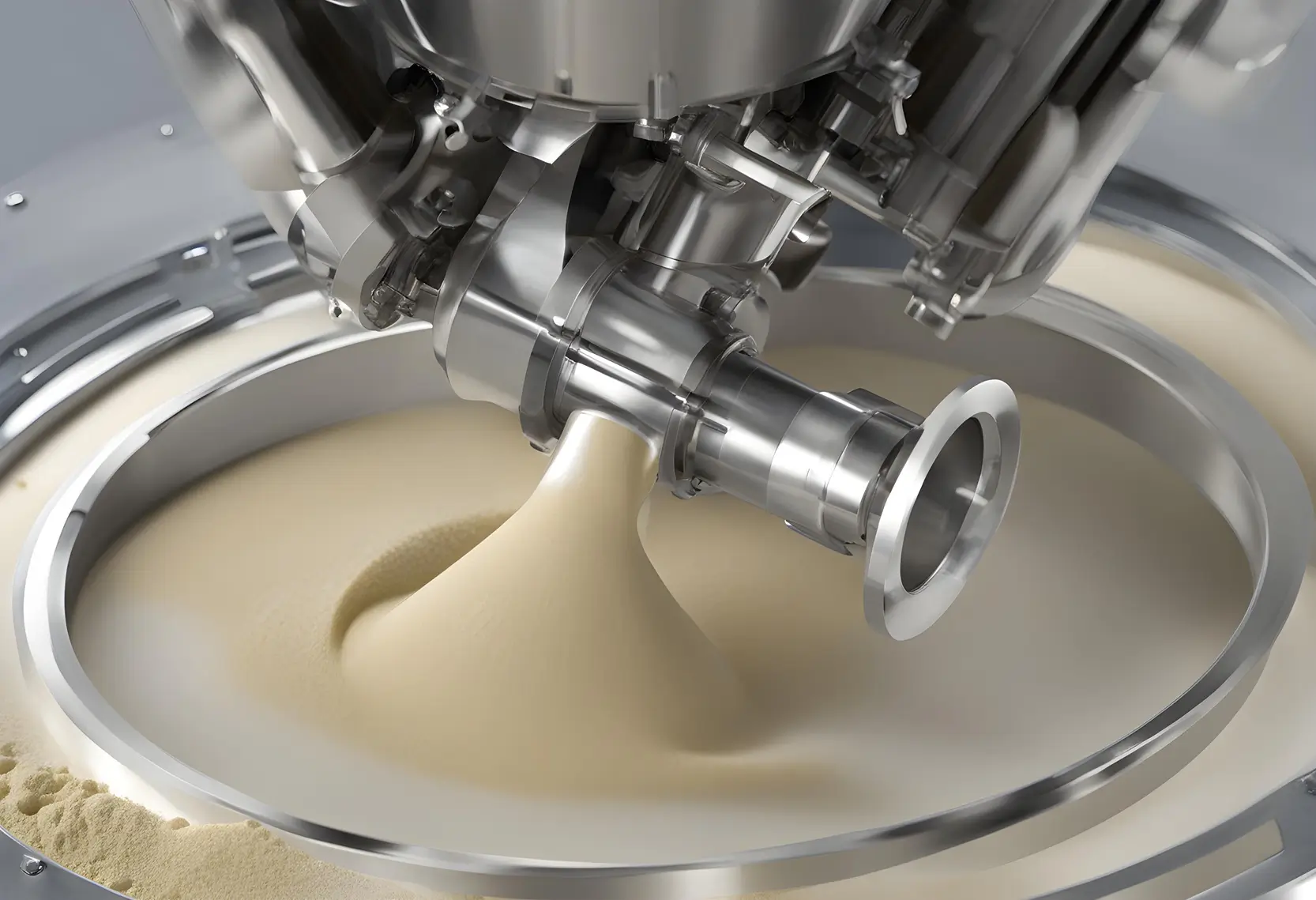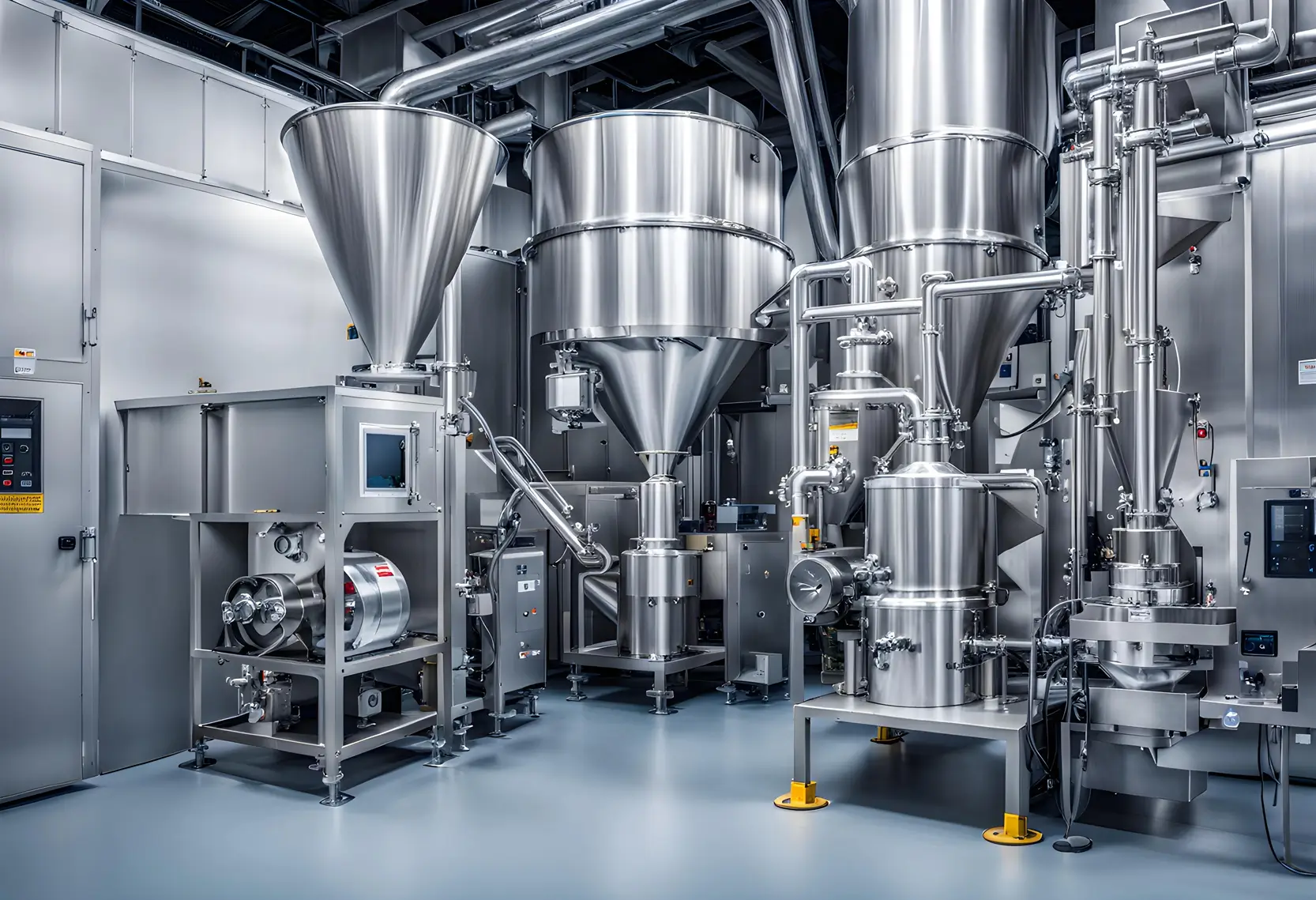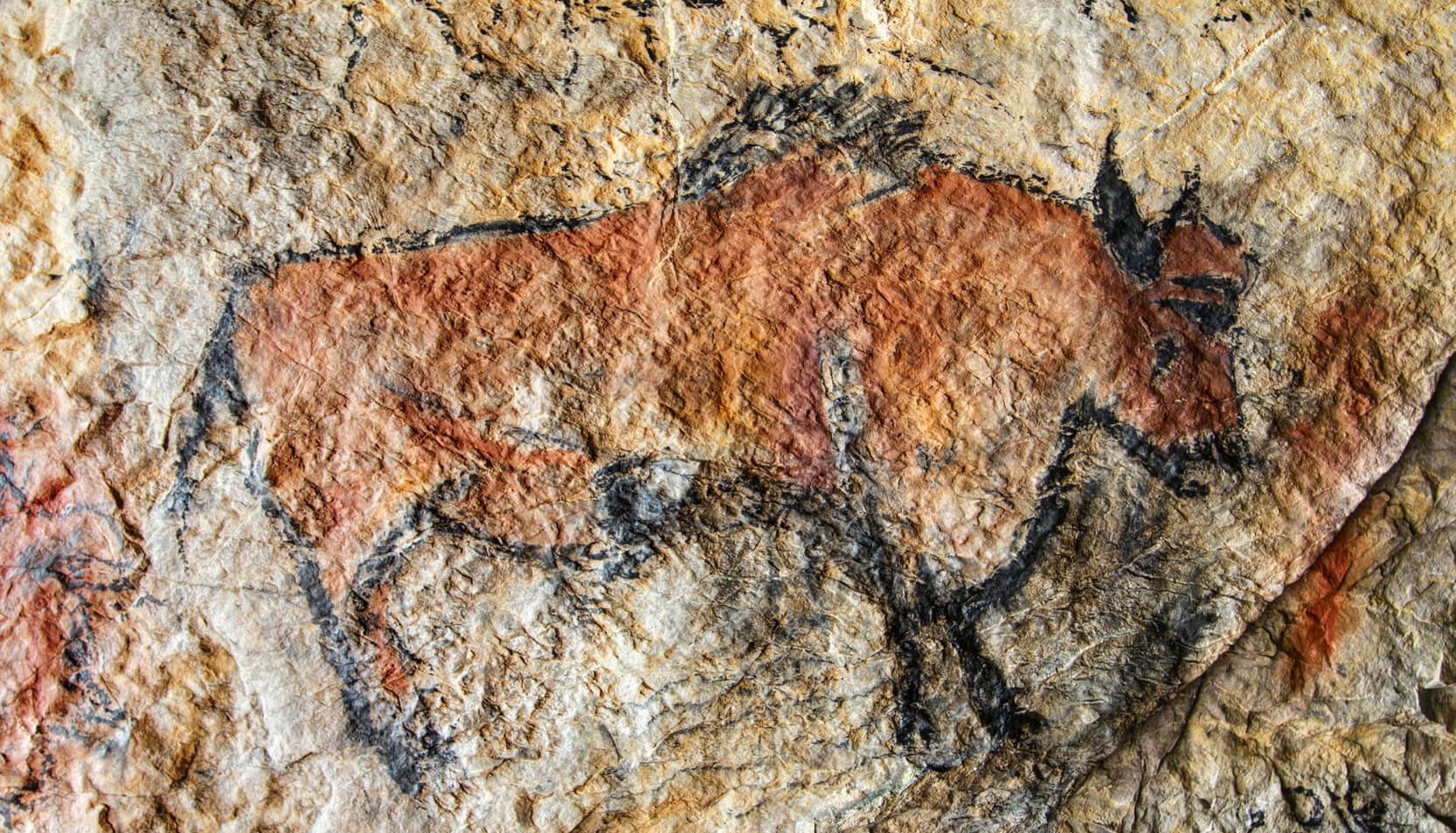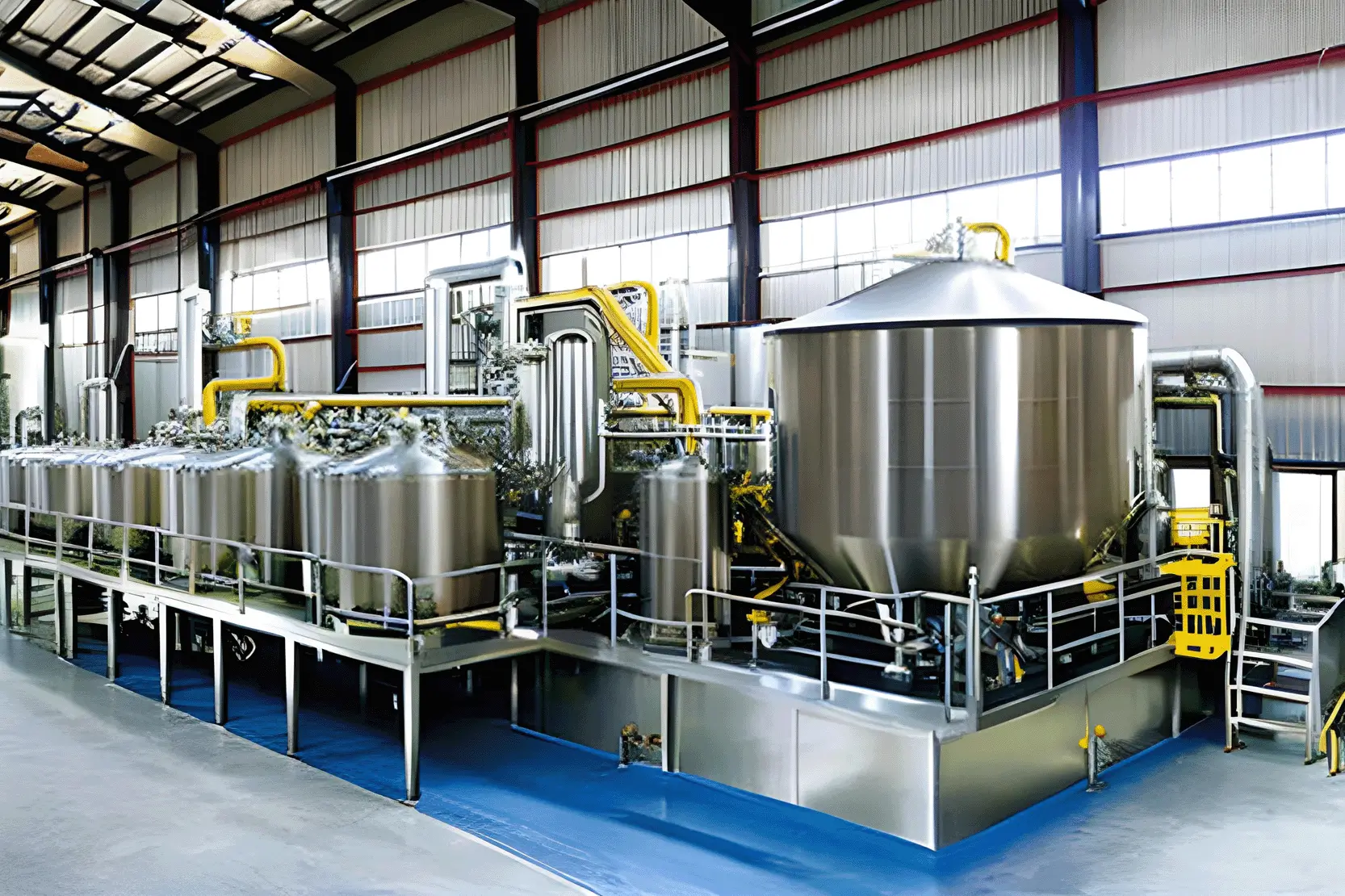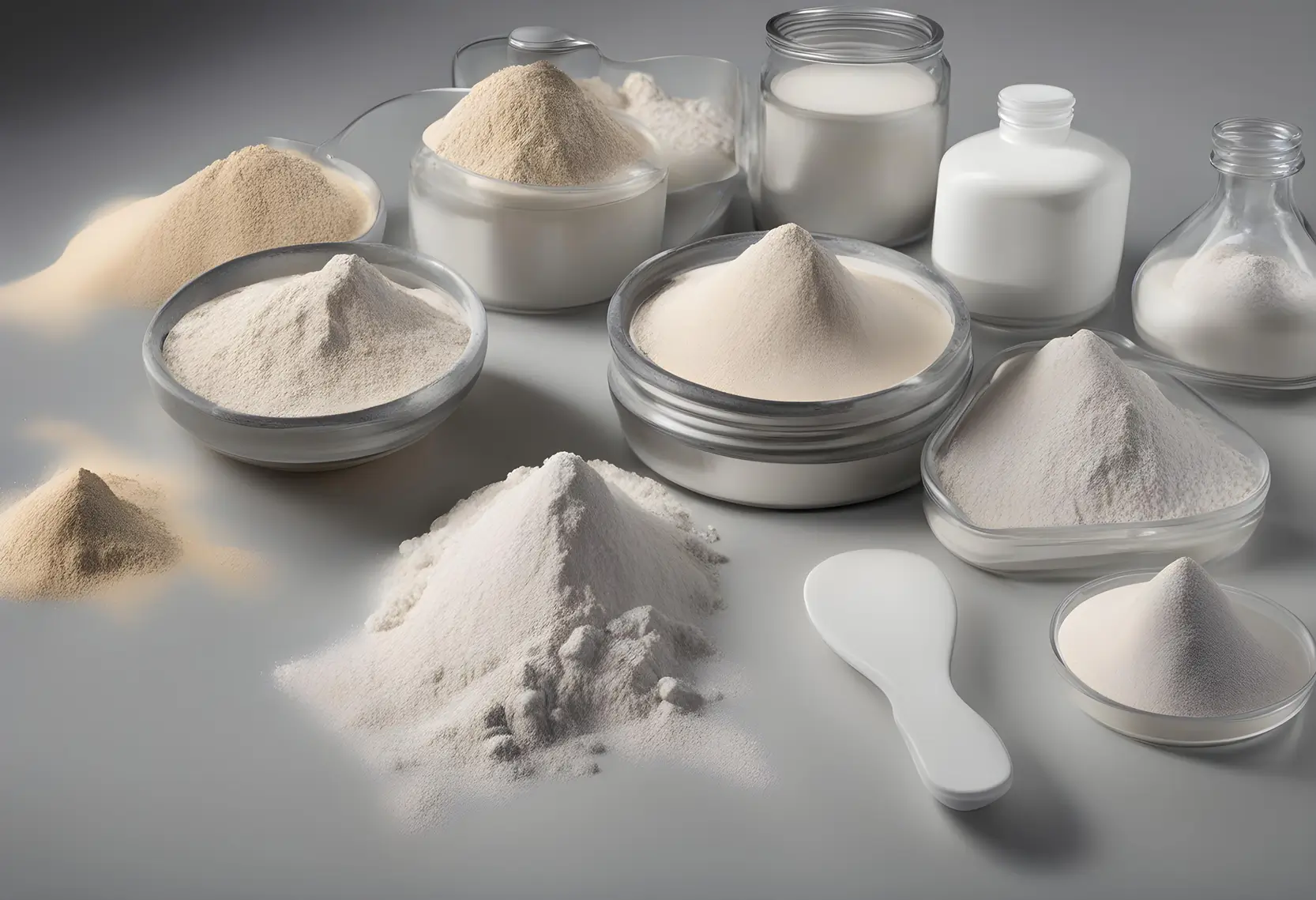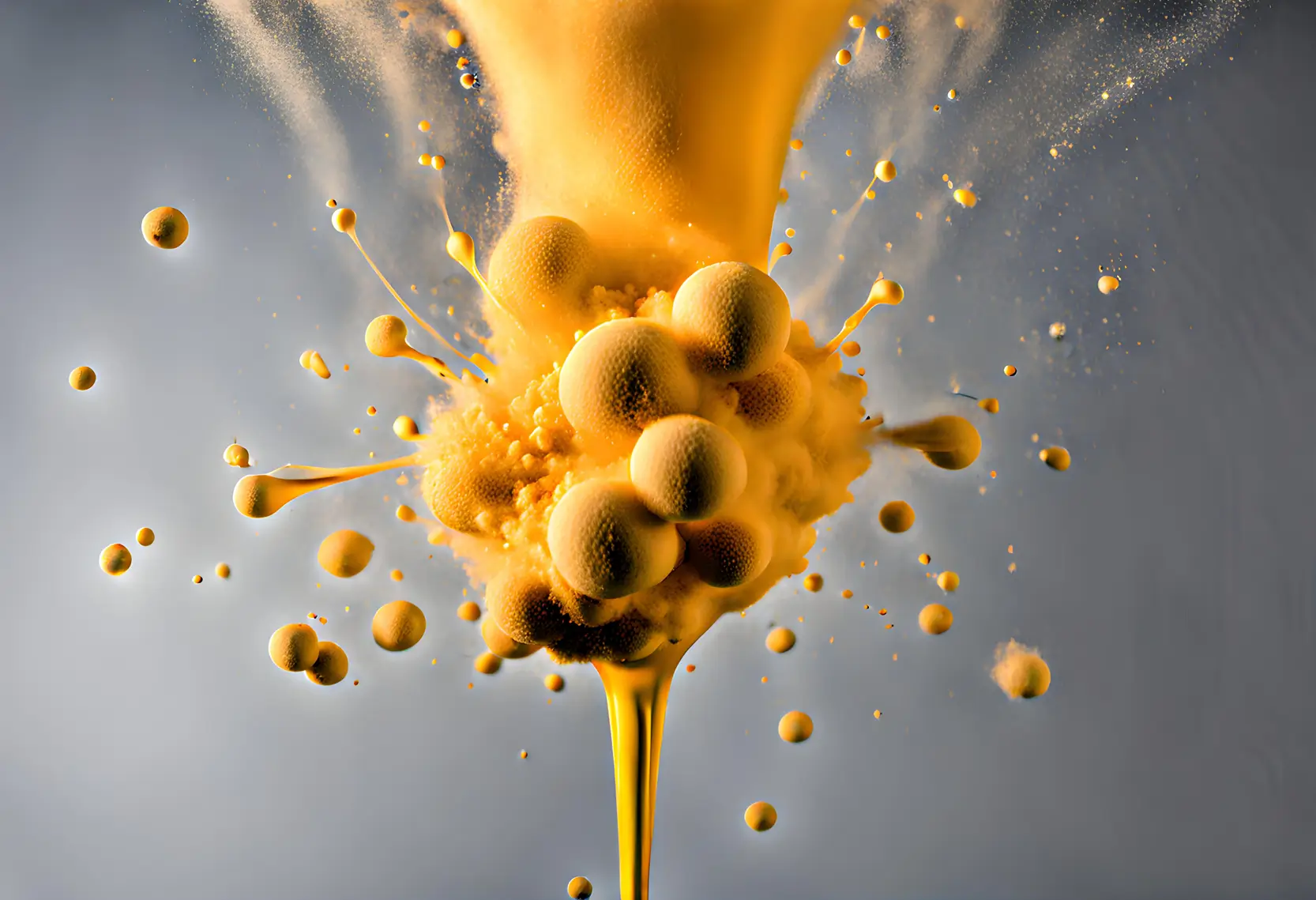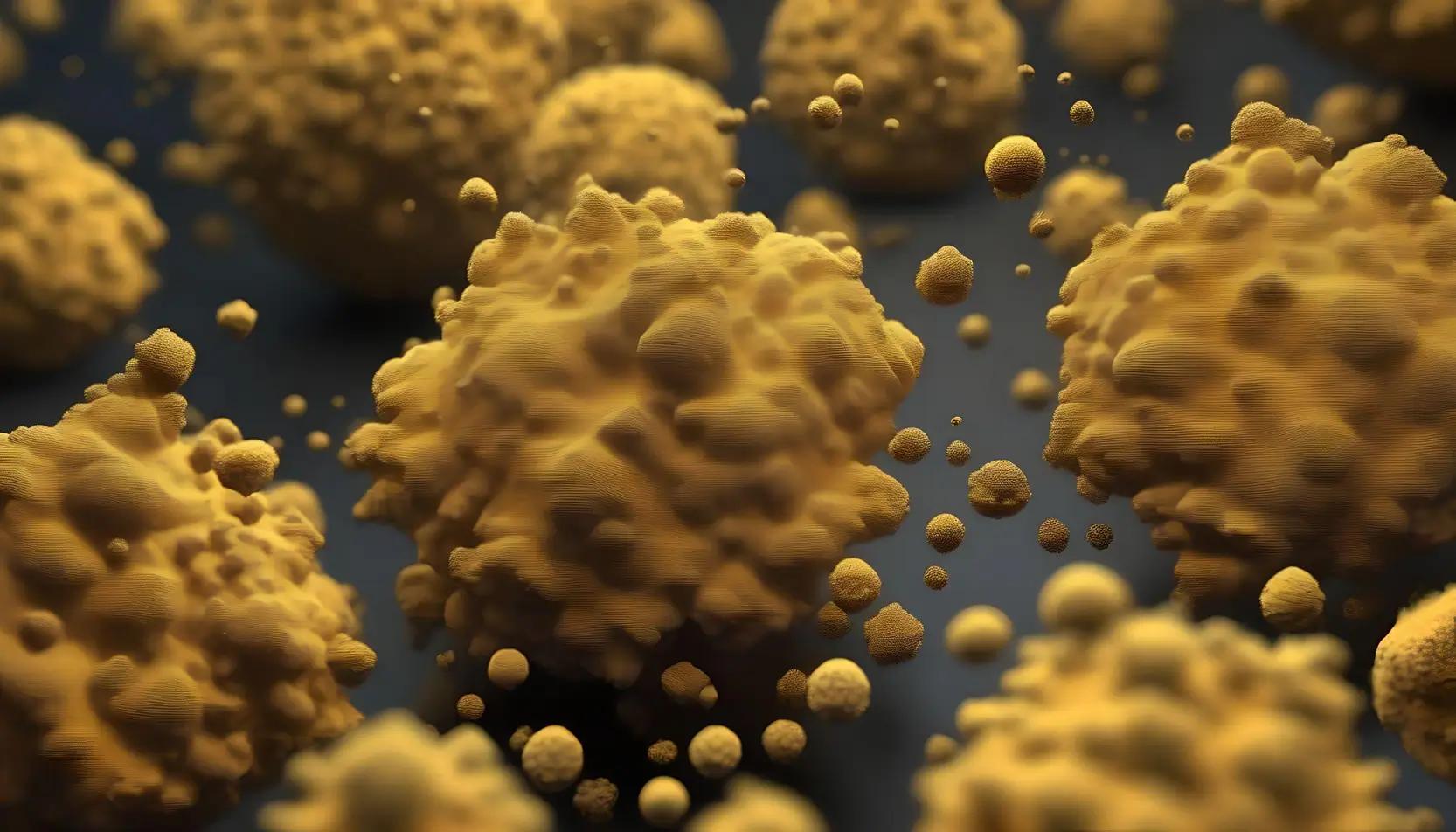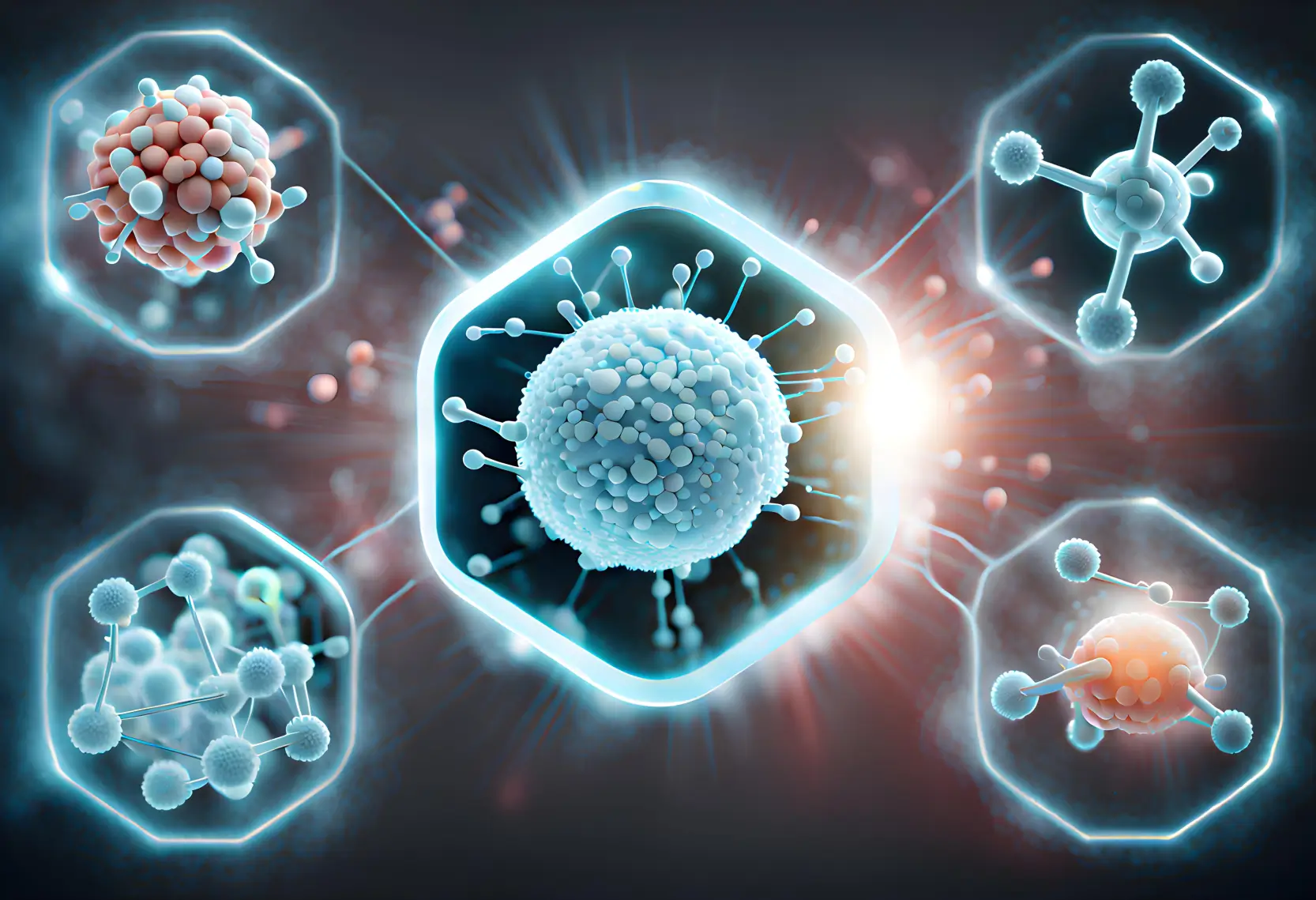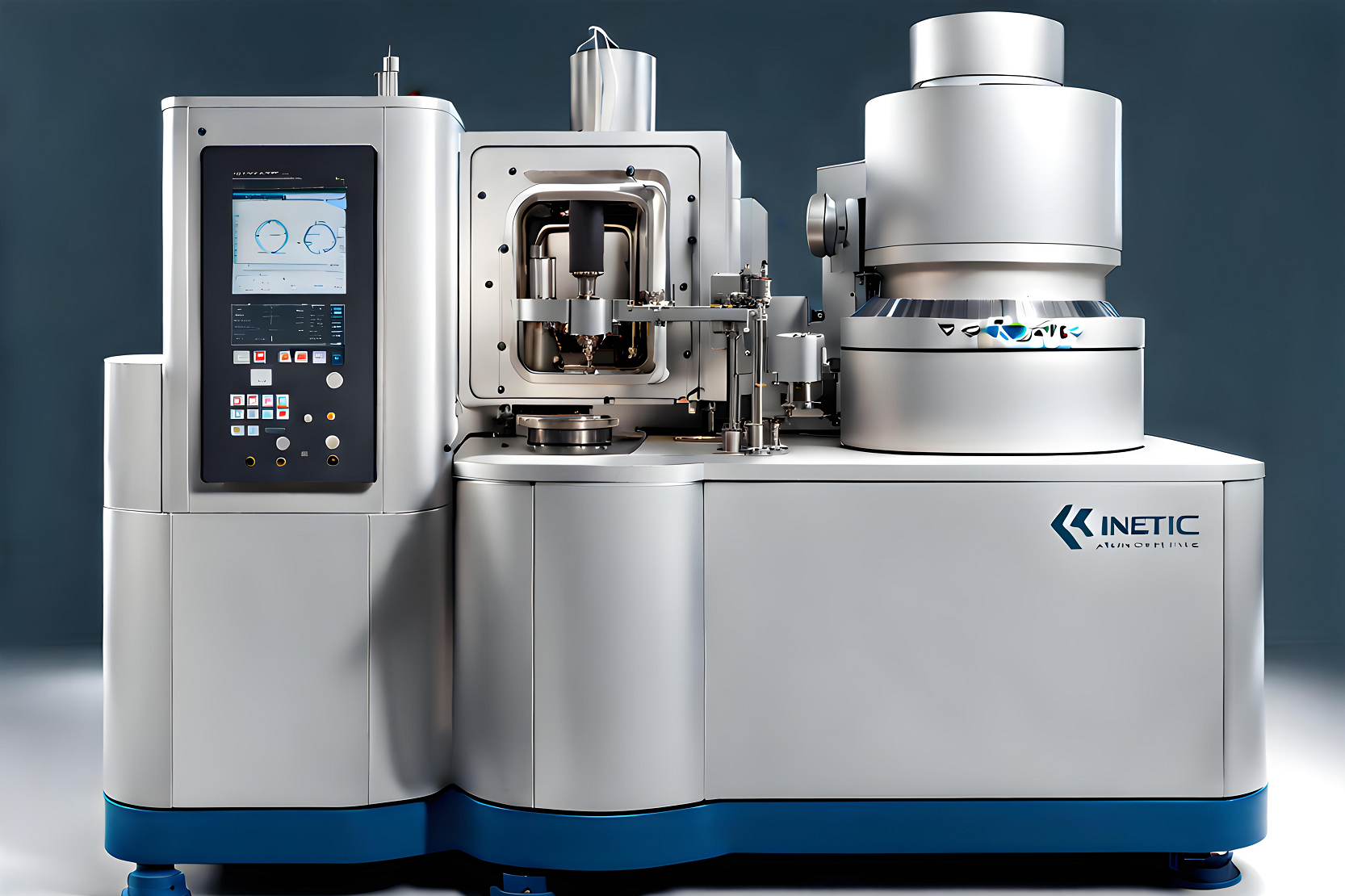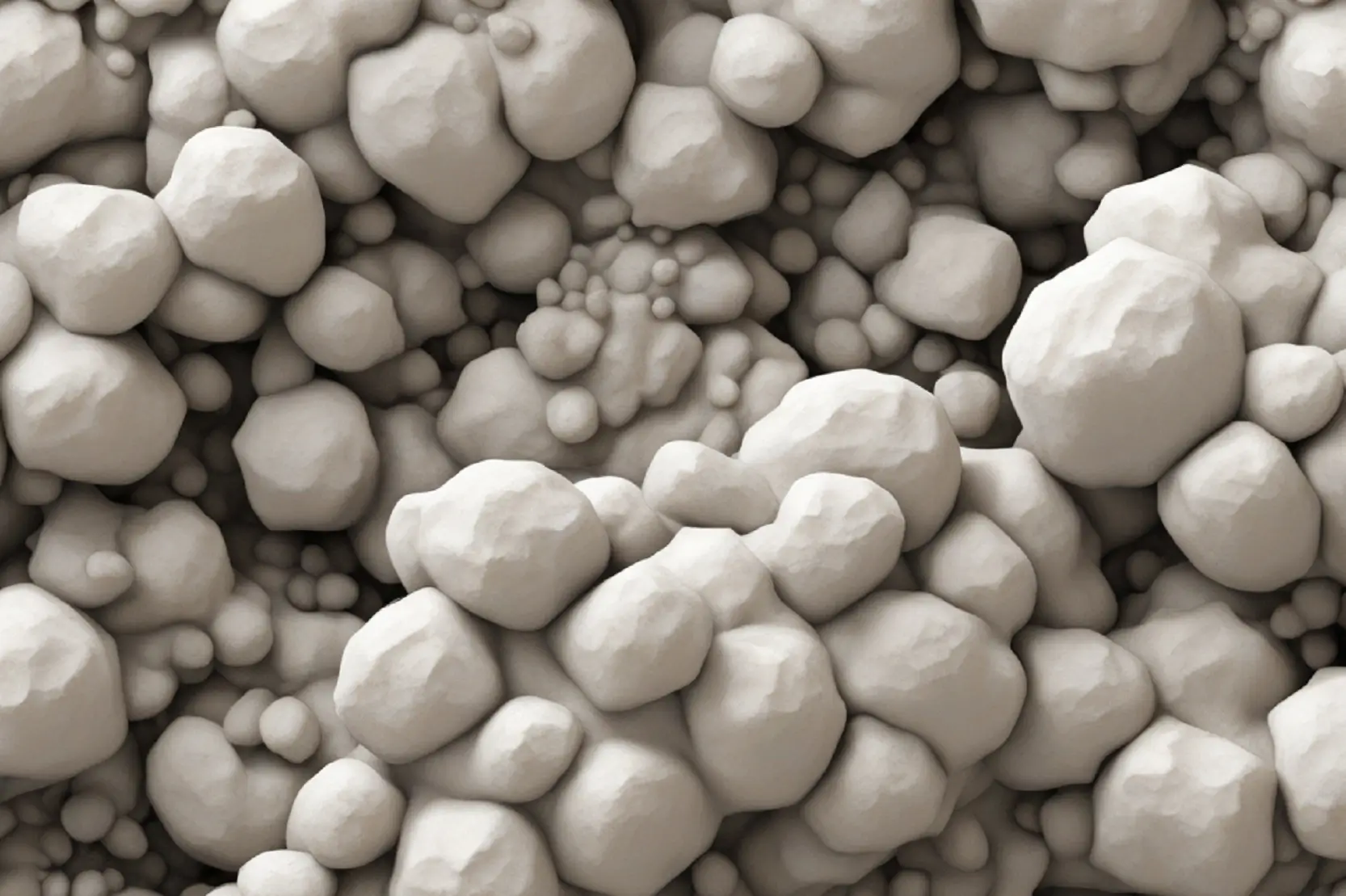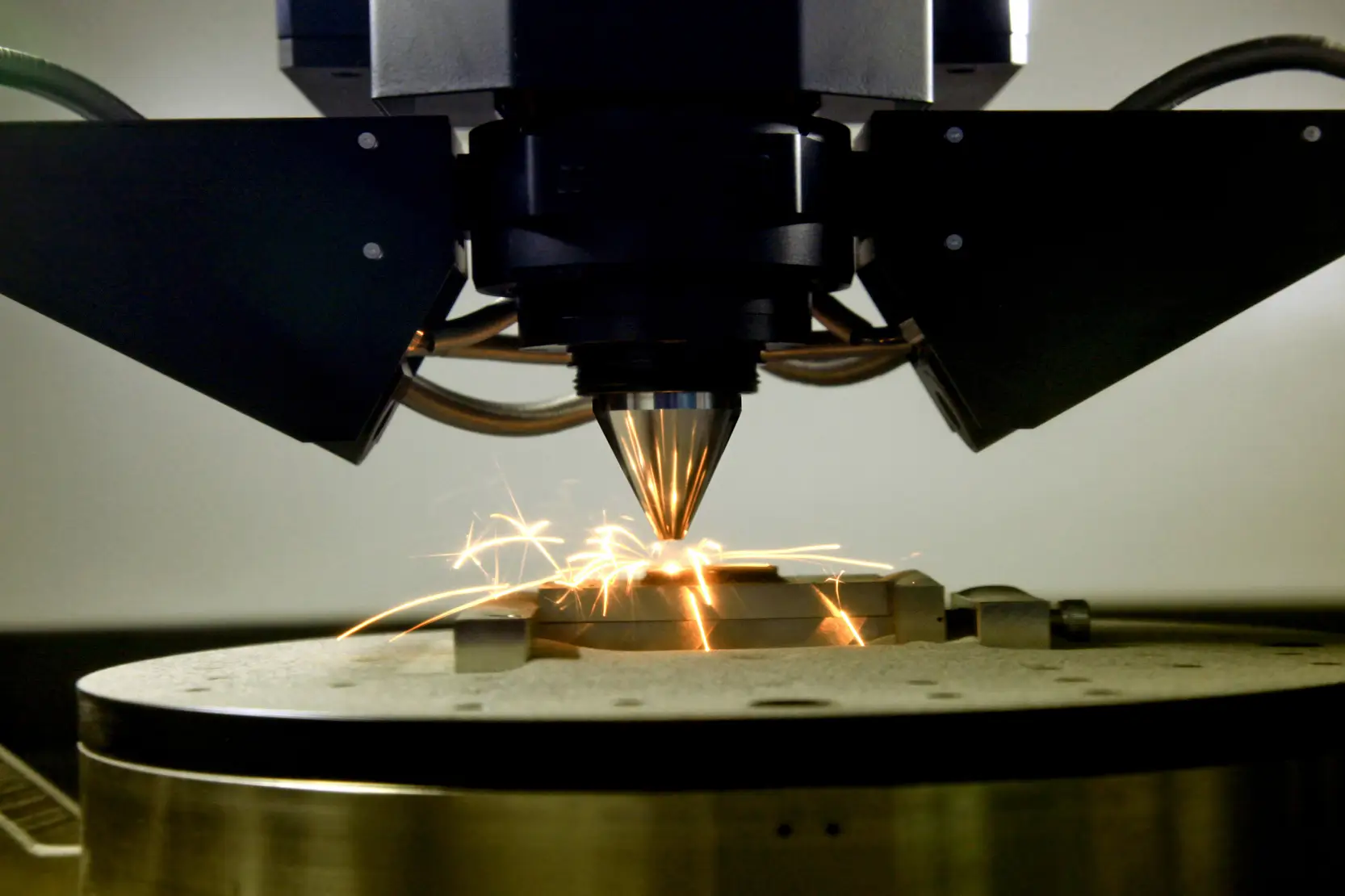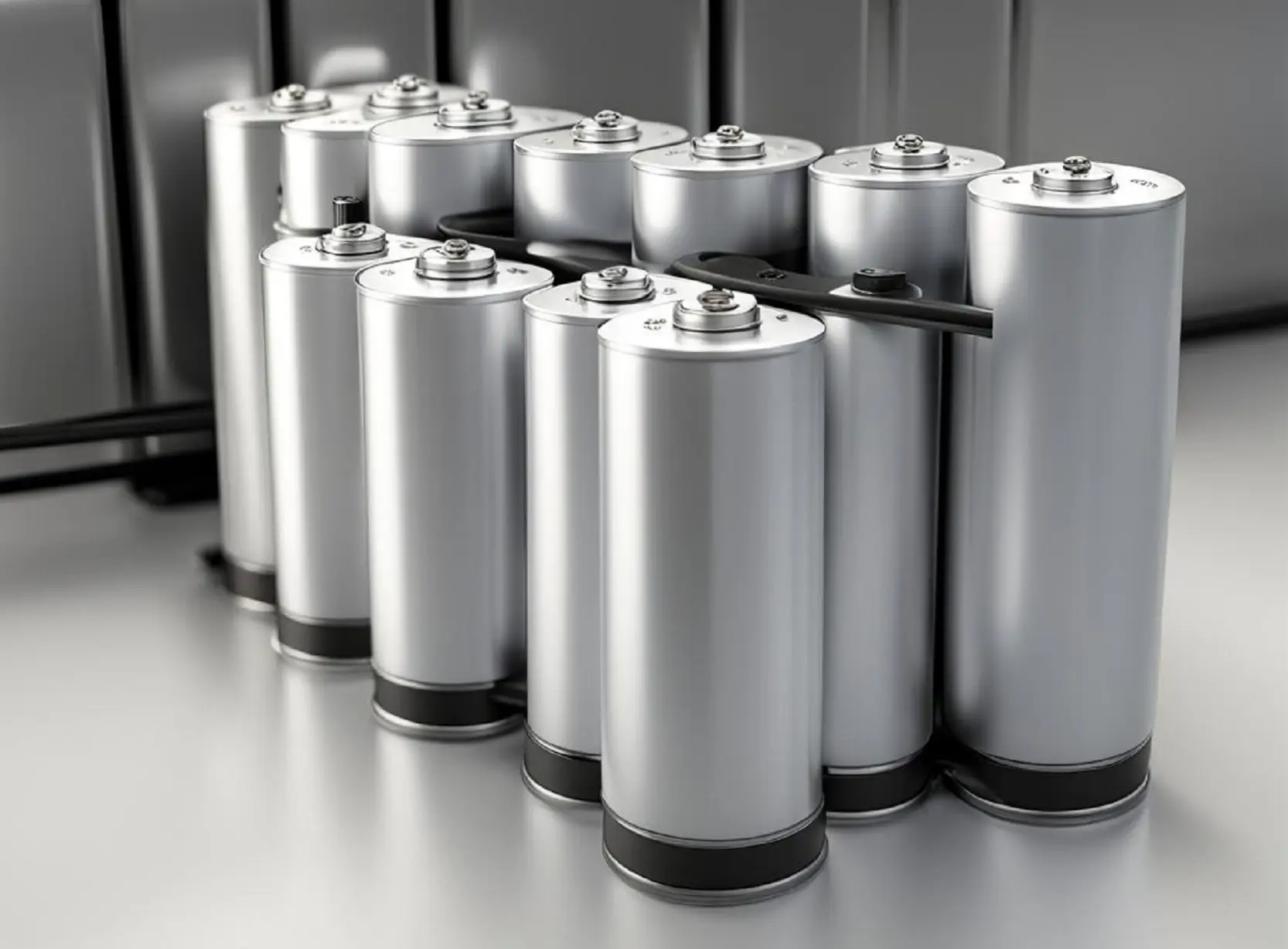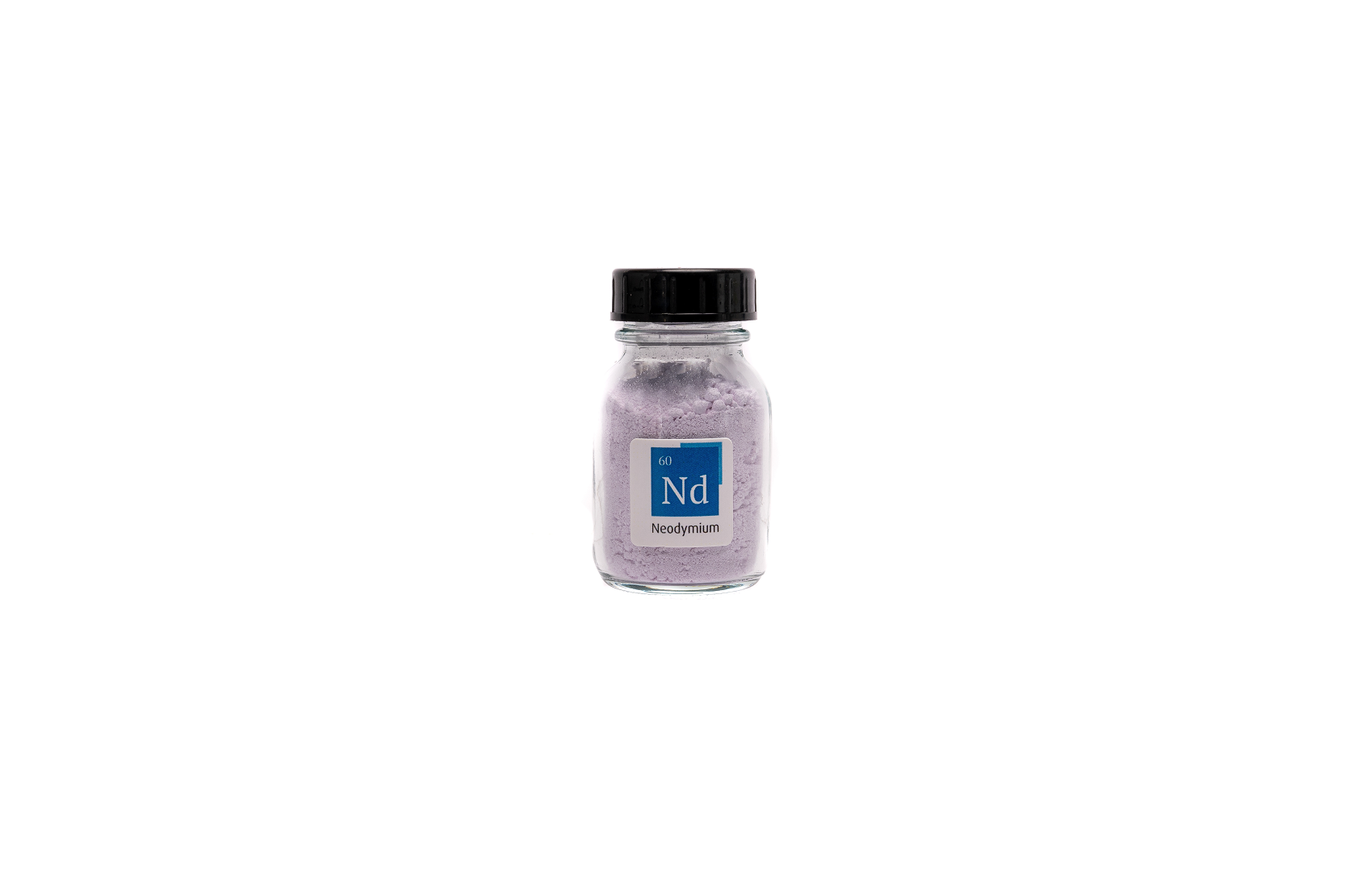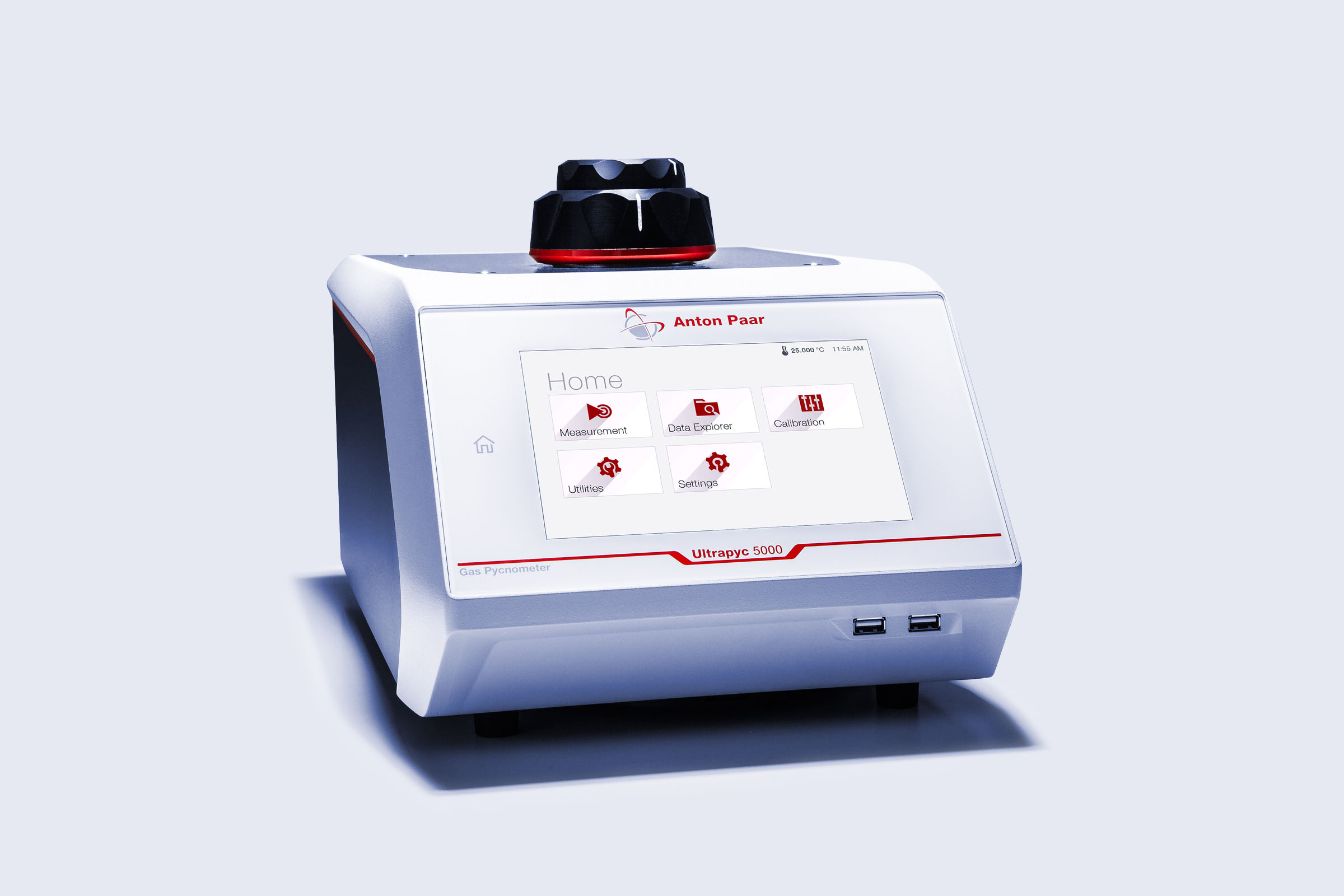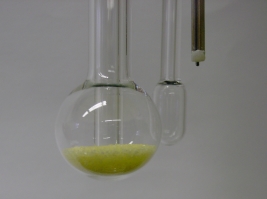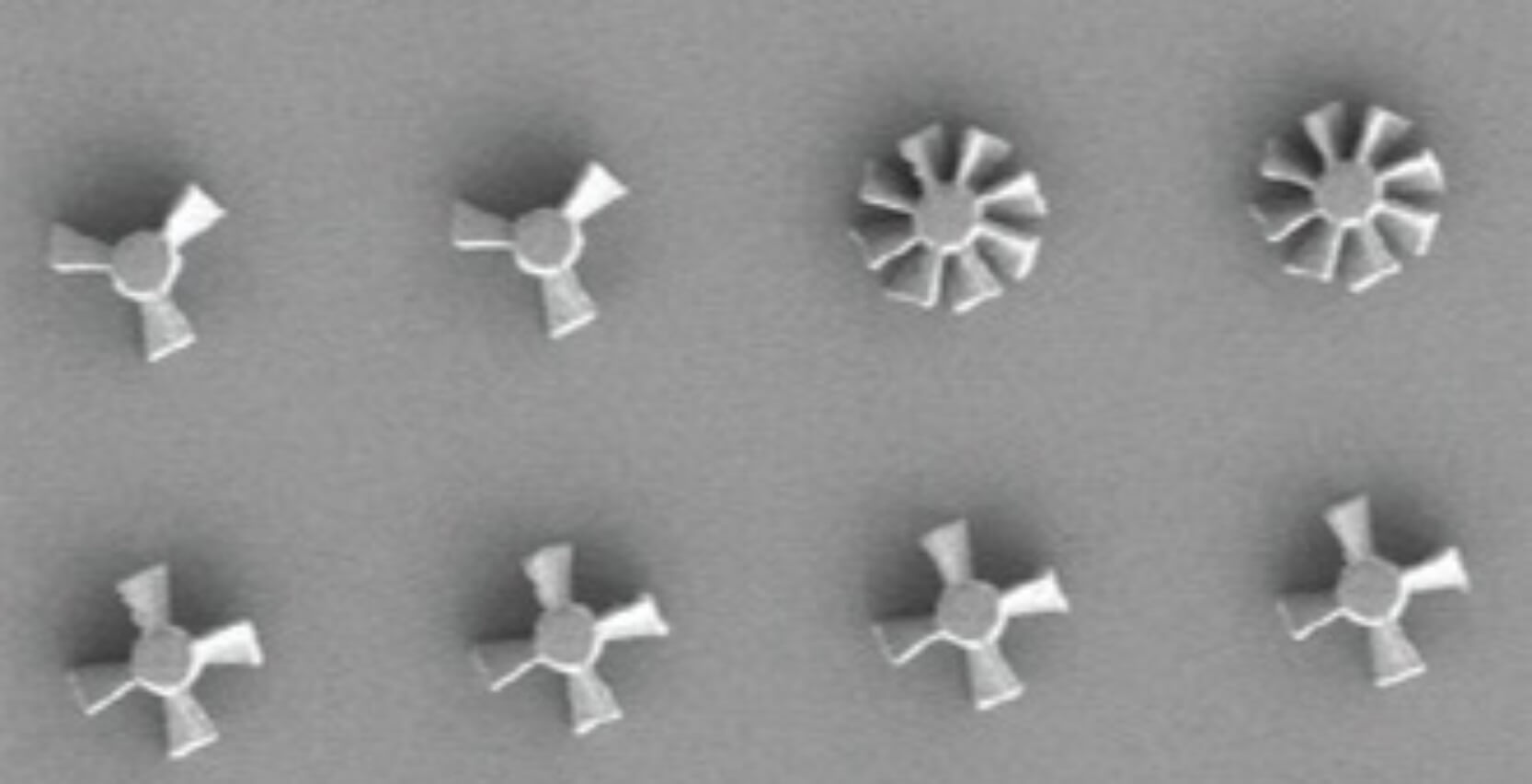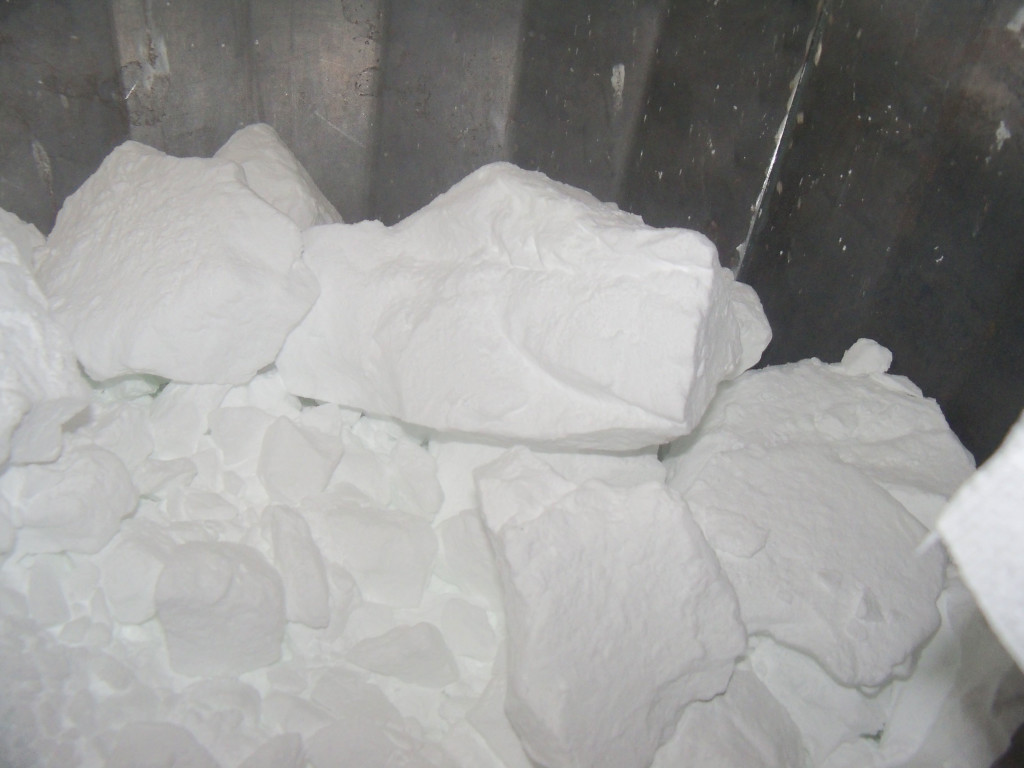Featured articles
Powdertechnology.info insight of the week
Representative sampling of powders
Representative Sampling of Powders
In contrast to liquids, which typically form a continuous flow, powders exhibit non-uniform behavior when subjected to motion. Consequently, obtaining a small, representative sample from a larger batch for subsequent analysis poses a significant challenge and can easily result in experimental errors. Even when employing highly accurate analysis techniques on a non-representative sample, the resulting data often proves to be unreliable. Therefore, at Delft Solids Solutions, we prioritize meticulous attention to the sampling process when investigating our customers’ powder materials.
Powder materials with good flow characteristics can be segregated based on differences in particle size, shape, and density. While cohesive powder materials exhibit less segregation, agglomeration can still significantly affect the sampling procedure. So, how can we obtain a truly representative sample, especially when dealing with a small fraction of the total sample volume? Well, the solution lies in the use of rotating or spinning rifflers, which address this issue and enable the extraction of smaller sub-lots from a larger batch.
This can be done on various scales, from kilograms (or liters) to grams (or milliliters), down to milligrams (or sub-milliliters). Statistical analysis demonstrates that the error associated with sampling when using rotary rifflers is just 0.1% in relative standard deviation, in contrast to approximately 5% when employing simple scoop sampling( image 1). A chute sampler, which divides the sample into roughly equal portions, displays an error of approximately 1%, but struggles with small sample volumes.
A spinning riffler comprises a feeder that continuously supplies the original sample to a rotor. The rotor then divides the sample over a cone into typically 8 or 10 sub-fractions, each retaining the same characteristics as the original sample.
If the volume of one sub-sample remains too large for the intended analysis, one can select one or more sub-samples and repeat the process to further reduce the sample volume. However, it’s essential to use the total volume of a sub-sample to maintain the low statistical error mentioned earlier.
Differently-sized spinning rifflers, as utilized at Delft Solids Solutions, further facilitate the transition from large to smaller sample volumes.
Previous weekly insights
what’s trending
Monthly Top Tips
Our videos
Top Pick Articles
editor’s picks
Prime Archive content, selected by our editors.
Partner content
popular news & articles
News and articles in your inbox
Sign up and receive PowderTechnology.info news, articles, and content from our partners in a quick and easy monthly newsletter.
Popular this month
Events
Delft Solids Solutions presents a comprehensive 2-day Particle Characterization course, intricately linked with a 1-day Porosity and Surface Area Characterization program. Designed for industries dealing with diverse materials, the course explores fundamental principles, definitions, and techniques for particle size and shape characterization. Key topics include sampling, sieving, sedimentation, microscopy, and quality control, with practical demonstrations reinforcing theoretical knowledge in the well-equipped laboratory. Scheduled for November 26-27, 2024, in Wateringen, The Netherlands, the course offers participants a profound understanding of particle characterization techniques, enabling them to interpret results and ensure measurement reliability. Upon completion, a certificate of participation is awarded. For inquiries or registration, contact Delft Solids Solutions at +31 174 271 460 or info@solids-solutions.com.


